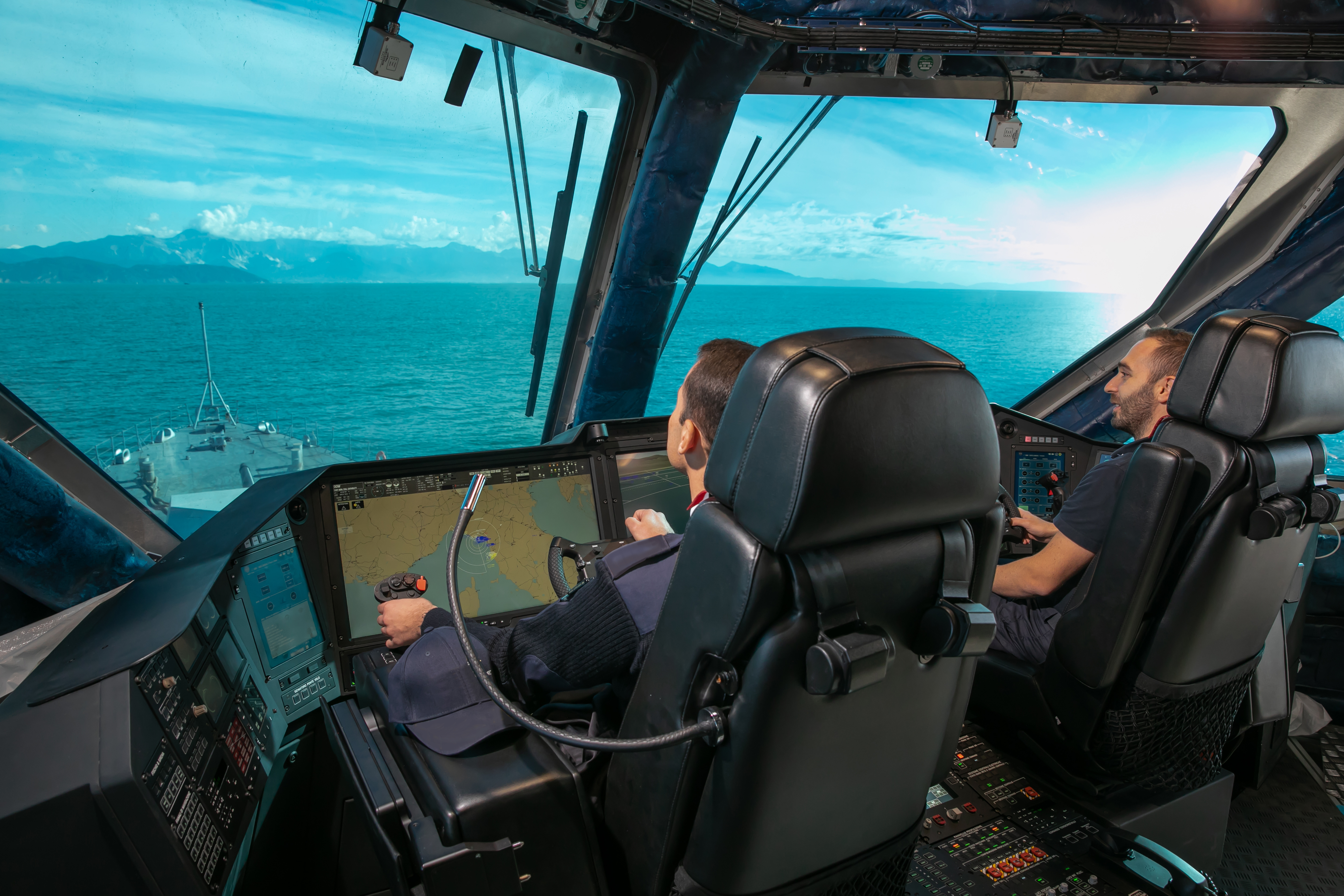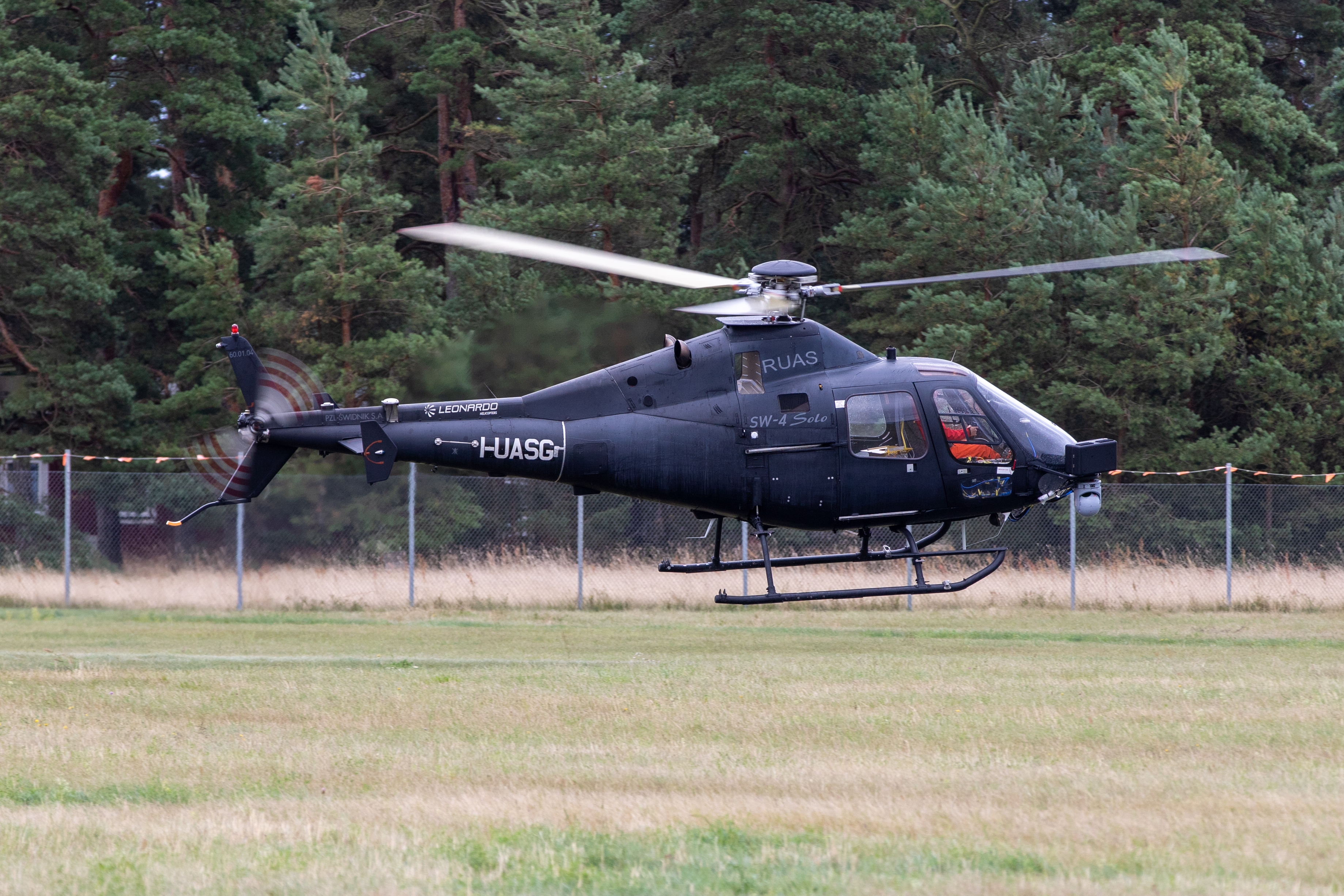Ocean 2020, the largest European funded defence research project for maritime surveillance coordinated by Leonardo, successfully completed the execution of the second sea demonstration, held on the 25 and 26 of August at Hano Bight, off the southern coast of Sweden, with the participation of European companies, research institutes and defence ministries from 10 different EU Countries.
The sea demonstration showed how the information collected from the assets deployed in the area of operations could be integrated to create a Recognised Maritime Picture (RMP).
Building on the experience matured during the first sea demonstration led by Leonardo in the Gulf of Taranto, the second sea demonstration focussed on two scenarios:
- surveillance, interdiction and engagement of multiple surface threats
- detection and identification of an underwater threat and the detection of hostile intruders in friendly coastal areas.
The demonstration enabled the achievement of a number of objectives, such as launch and recovery of uncrewed surface systems from vessel,uncrewed Systems autonomy, Integration between uncrewed systems and naval Combat Management Systems (CMSs), fusion and display of information from UxS by CMS and transmission to the EU Maritime Operation Centre (EU- MOC) as well as use of satellite assets to collect and provide data for augmenting situational awareness.
The second sea demonstration saw the participation of 12 uncrewed systems of different type, aerial, surface and underwater: UAS SW-4 Solo (Leonardo), UAS Patroller (Safran), UAS Cobra (Bluebear), USS Sea Raider (TNO), USS Water Strider (IOSB), USS Enforcer III (Saab), USS Piraya (Saab), UUS DeDAve (IOSB), UUS Oceanscan (TNO), UUS Biondo (CMRE), UUS Sea Wasp (Saab) and UUS Gavia (GMV Portugal), with one manned aircraft equipped with new generation airborne radar (Hensoldt).
In addition, four Naval Units were involved:
- Swedish Navy HMS Pelikanen controlling USS Piraya and supporting UUS Biondo
- Lithuanian Navy P11 Žemaitis operating CMS ATHENA-C (Leonardo) and deploying a team of Special Operation Forces with a RHIB
- German MOD R/V Planet operating an experimental C2 (IOSB) and controlling USS Water Strider and UUS UUS DeDAve
- Polish Navy Minehunter Czajka operating a ROV and deploying a Portuguese Navy Diving Team with the UUS Gavia
The demonstration also included two ashore Command Centres: the EU-MOC (Maritime Operation Centre) prototype at operational level including connectivity with the Spanish MOC through MARSUR network, and the CTG (Commander Task Group) at tactical level.

Leonardo contributed to the second sea demonstration with different assets. The Lithuanian Patroller Zemaitis (P11) warship was equipped with the Leonardo ATHENA-C Combat Management System (CMS) since 2009.
During the demonstration, the CMS consoles displayed the SW4 Solo video streaming to provide the crew with images to direct and monitor the operations performed by the Lithuanian Special Forces.
Leonardo also deployed the Rotary Wing Remotely Piloted Vehicle SW-4 Solo (1800 MTOW) and its Mission Ground Station Mesh Networking System, managing a payload including the EO/IR camera Wescam MX-10, the AIS and the Leonardo high performance AESA Radar Ospray 30.
The SW-4 Solo System was operated in four different locations:
- Kristianstad Airport: Operational base of Solo; Location of remote piloting operations
- Ravlunda: The Task Group headquarters (Maritime Operations Centre, MOC)) and location of experimental Naval Combat Management Systems (CMS). The primary Solo Mission Ground station was there and fed data into the CMS. The MOC then fed data to the EU MOC in Brussels.
- P11: Lithuanian Naval Ship with a Solo Mission Ground Station on board connected to the ship’s CMS.
- Czajka: Polish Naval Ship with a Solo Mission Ground Station on board.

The SW-4 Solo System was employed in two maritime operations, in difficult weather conditions with light/medium rain, low cloud base (1000-1500ft) and strong winds, meeting all objectives, mainly surveillance, interdiction and engagement of multiple high speed uncrewed surface threats and detection and identification of underwater threats laid from submarines and insertion of special forces on a friendly coast.
Leonardo AESA Radar Ospray also played a key role to support the Maritime Operations, especially in poor weather when visibility was low.
e-GEOS supported the Baltic Sea demo providing through SEonSE satellite ship detection reports by processing COSMO-SkyMed First and Second Generations images. SAR acquisitions were not affected by the heavy clouds in the monitored area in the South of Sweden.

